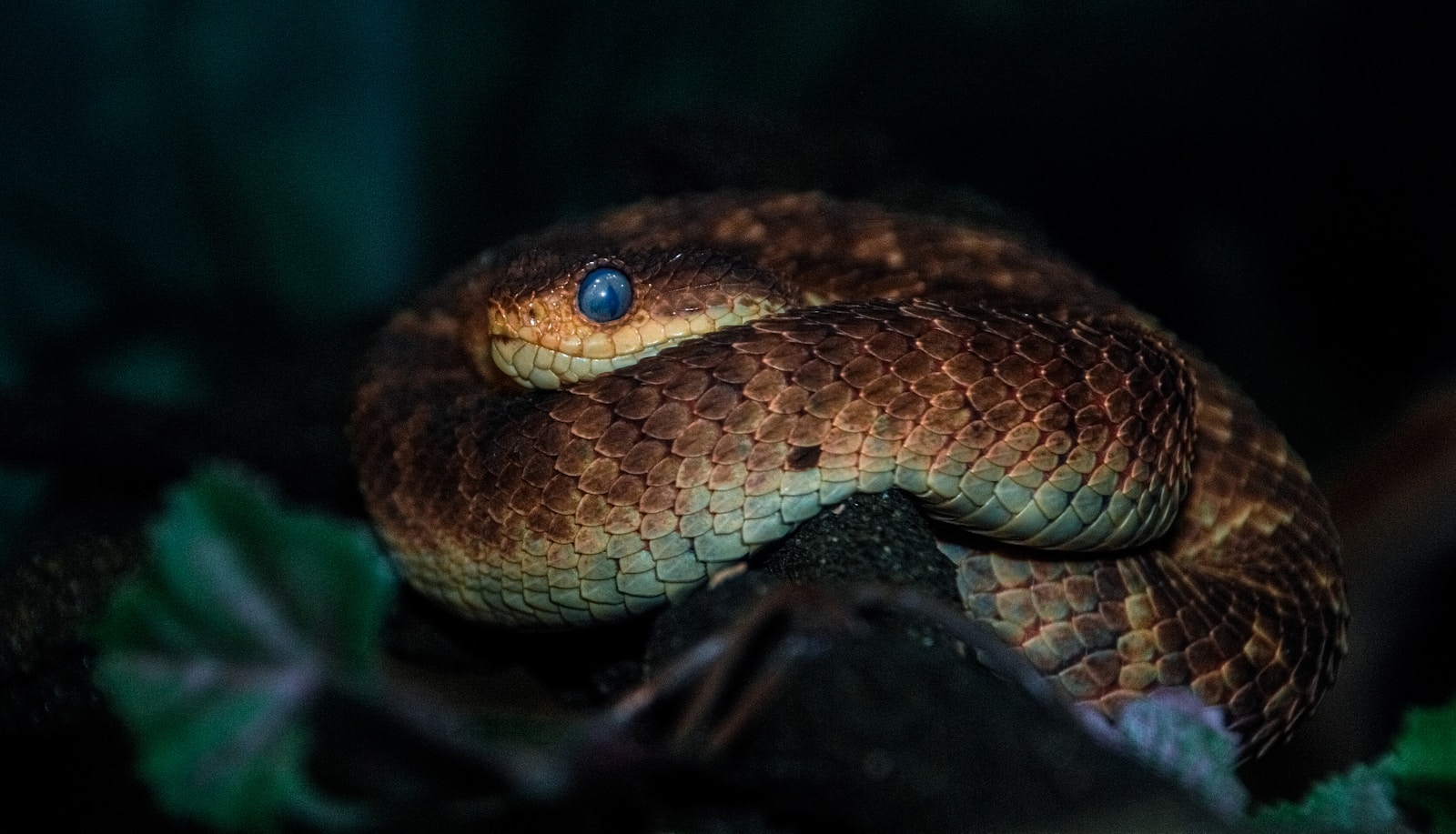Transporting snakes, whether for relocation, veterinary visits, or acquisition of a new pet, requires careful attention to safety measures to prevent injuries to both the handler and the reptile. Snakes are delicate creatures despite their sometimes intimidating appearance, and improper handling or transport methods can result in serious harm. From stress-induced health complications to physical trauma, the risks are significant but largely preventable with proper knowledge and preparation. This comprehensive guide explores the essential practices, equipment, and techniques that will help ensure your snake arrives at its destination safely and in good health. Whether you’re a professional herpetologist, wildlife rehabilitator, or snake enthusiast, understanding these fundamental principles will significantly reduce the likelihood of transport-related injuries.
Understanding Snake Physiology and Stress Responses
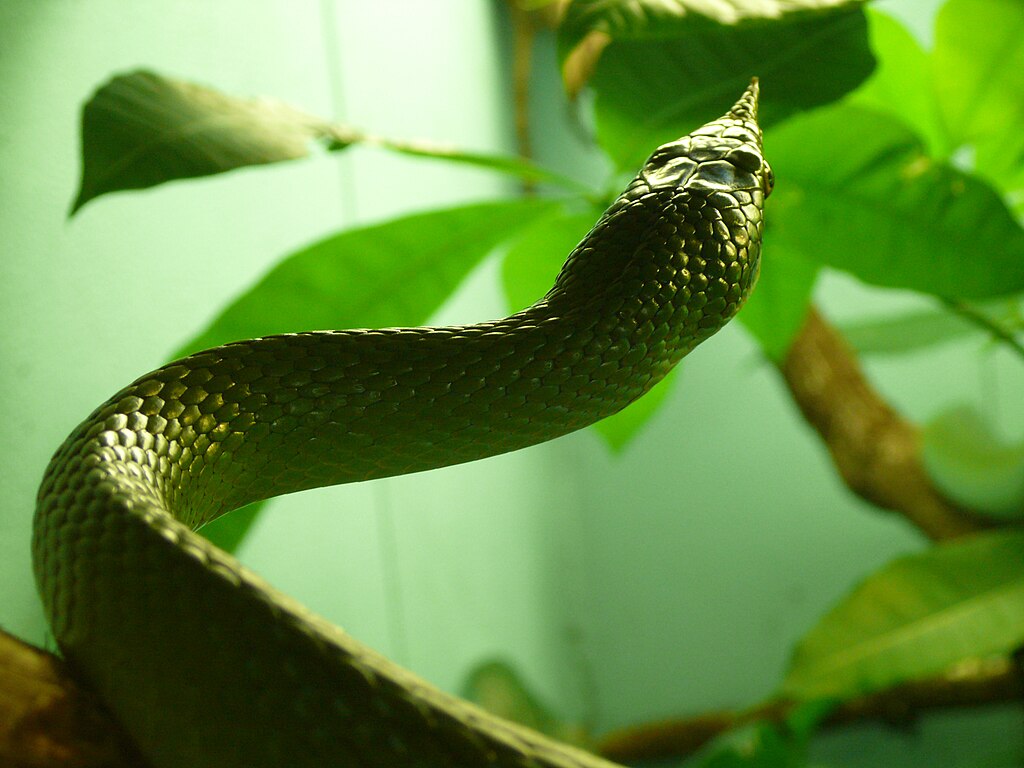
Snakes possess unique physiological characteristics that make them vulnerable to specific types of injuries during transport. Their elongated spine can be damaged if they’re forced into containers that are too small or inappropriately shaped, potentially causing permanent paralysis or internal damage. Additionally, snakes are ectothermic animals, meaning they rely on external heat sources to regulate their body temperature, making them particularly sensitive to temperature fluctuations during transport. When stressed, snakes may exhibit defensive behaviors such as striking, constricting, or releasing musk, which can lead to injuries for both the snake and handler if proper precautions aren’t taken. Understanding these fundamental aspects of snake physiology is the first step in preventing transport-related injuries and ensuring the animal’s wellbeing throughout the journey.
Selecting the Appropriate Transport Container
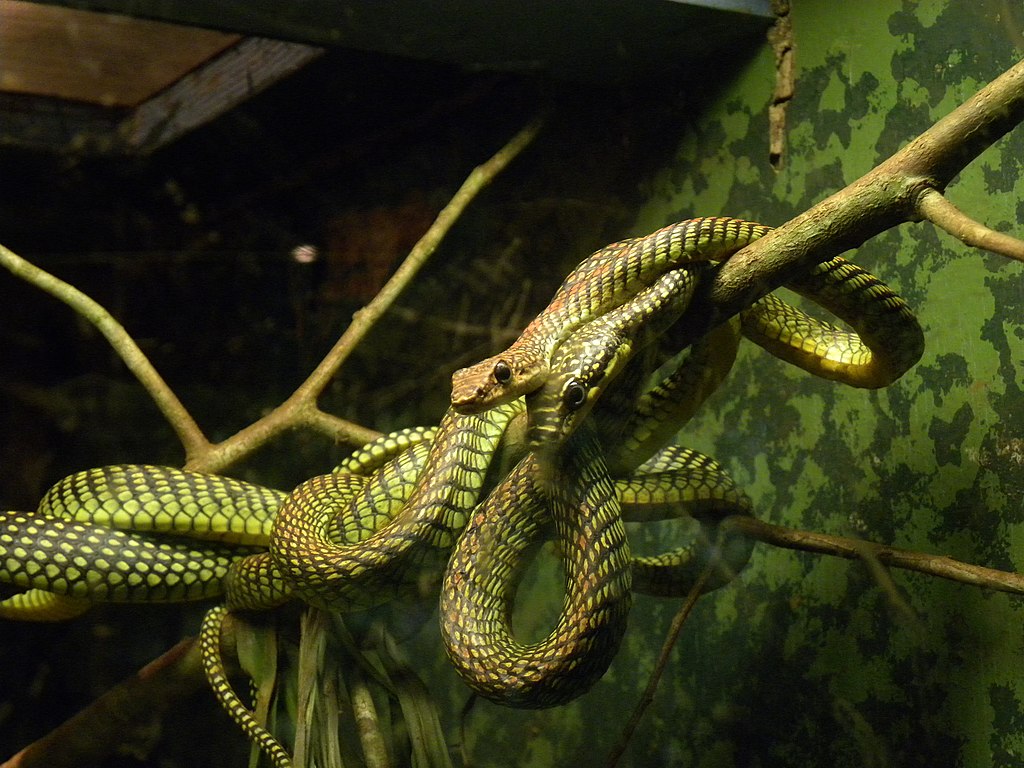
The right container is perhaps the most crucial element in safe snake transport, serving as both protection and temporary habitat. Choose a secure, escape-proof container with adequate ventilation to ensure proper airflow without creating drafts that could stress the animal. The container should be appropriately sized—large enough for the snake to stretch out at least partially, but not so spacious that the animal gets tossed around during movement. Plastic containers with secure, ventilated lids are ideal choices, while pillowcases secured with a knot and placed inside a secondary container provide excellent options for short-term transport of non-venomous species. Avoid glass containers which can break and cause injuries, as well as wire cages where snakes might attempt to escape and damage their scales or get stuck between the bars. For venomous species, specialized transport containers with double-secure locking mechanisms and clear viewing panels are essential safety features.
Temperature Control During Transport
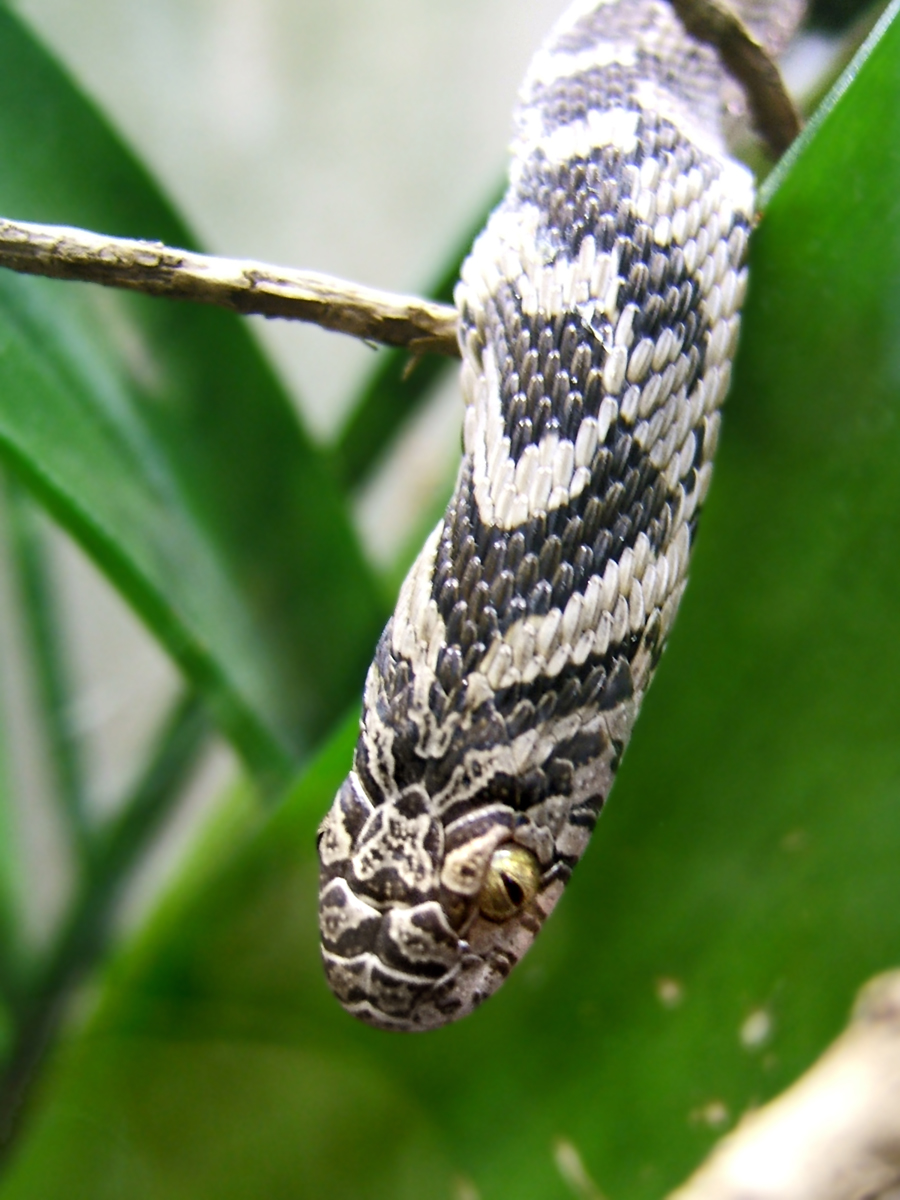
Maintaining appropriate temperature is critical when transporting snakes, as these reptiles cannot regulate their body temperature internally. Exposure to temperatures that are too high can quickly lead to overheating and death, while cold temperatures can cause respiratory infections or send the snake into brumation, a hibernation-like state that complicates health assessments. During transport, aim to keep the snake’s environment within its preferred optimal temperature zone (POTZ), typically between 75-85°F (24-29°C) for most species, though this varies by species. Insulated containers, heat packs specifically designed for reptile transport (never use human heat packs), or climate-controlled vehicles are essential tools for maintaining proper temperatures. For longer journeys, consider using digital thermometers with probes to monitor the container’s internal temperature without opening it and causing stress to the animal. Always position heat sources so the snake can move away from them if needed, preventing potential thermal burns which are painful and can lead to serious infections.
Proper Handling Techniques to Prevent Injuries
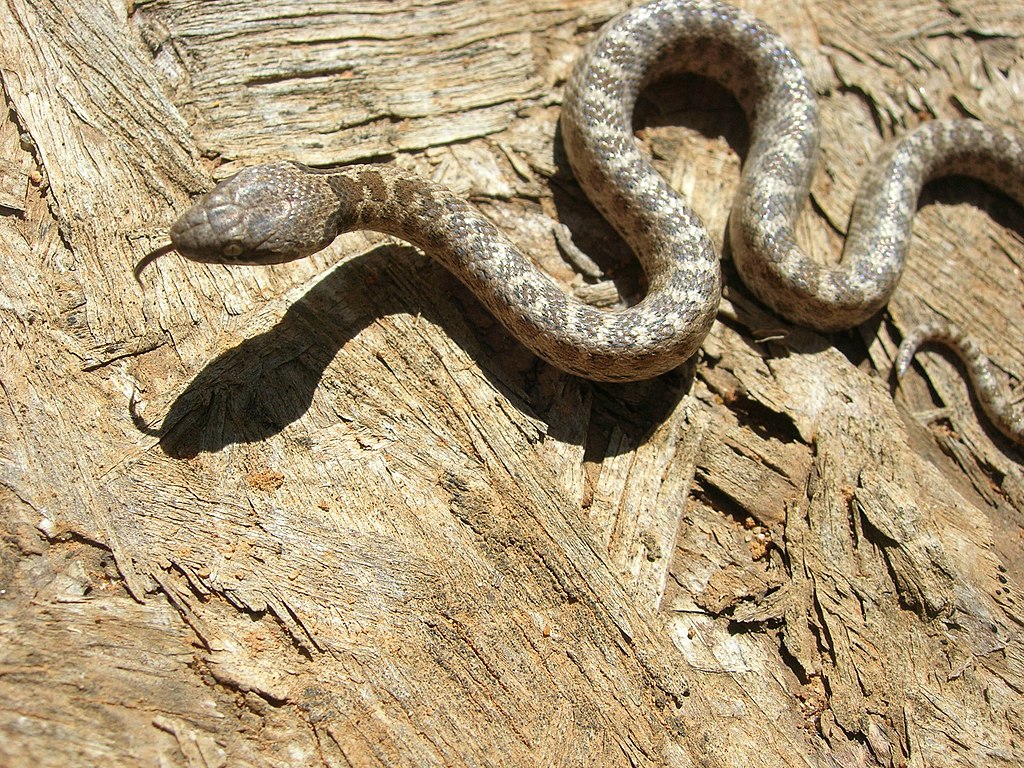
Proper handling techniques are fundamental to preventing injuries during snake transport, beginning with confident but gentle control of the animal. Always support a snake’s body along its entire length, avoiding applying pressure to the mid-section which could damage internal organs, and never picking up a snake by its tail as this can cause severe spinal injuries. When handling venomous species, specialized equipment such as snake hooks, tongs, and snake bags are essential safety tools that should be used by experienced handlers only. For constrictors like boas and pythons, be particularly cautious of their powerful grip, which can cause handler injuries if the snake feels insecure during transfer to transport containers. Practice defensive handling by keeping the snake’s head oriented away from your body and maintaining awareness of its position at all times. Remember that even typically docile snakes may become defensive during transport situations due to the unfamiliar stimuli and confined space, making proper handling technique crucial even with well-acclimated captive specimens.
Securing Snakes for Transport Without Restraints
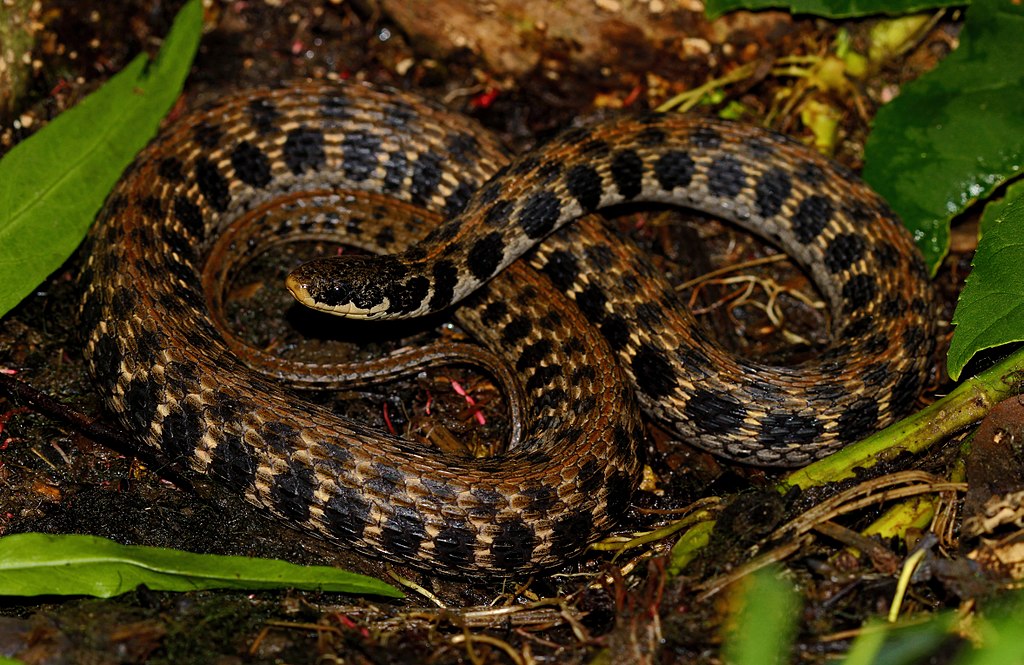
Using physical restraints on snakes during transport often causes more harm than good, inducing stress and potential injury as the animal struggles against the restriction. Instead, focus on creating a secure environment that naturally limits movement without forcing the snake into unnatural positions. A properly sized transport container with a small amount of appropriate substrate, like crumpled paper or a towel, provides secure footing and prevents the snake from sliding around during movement. For some species and situations, snake bags made of soft, breathable fabric (like cotton pillowcases) placed inside a secure container offer an excellent method of limiting visibility and providing a sense of security that naturally calms the snake. Hiding spots or paper tube tunnels inside the container give the snake a place to retreat, reducing stress and the likelihood of escape attempts or self-injury. Always ensure that any items placed in the transport container cannot shift during movement and potentially crush or injure the snake, especially when transporting smaller or more delicate species.
Preventing Respiratory Infections During Transport

Respiratory infections are common complications that can develop during or after snake transport, often resulting from improper ventilation or humidity levels. Ensure transport containers have adequate ventilation holes that allow airflow without creating drafts that could stress the animal or lead to rapid temperature changes. For species from humid environments, maintain appropriate moisture levels by lightly misting the interior of the container or including a damp (not wet) paper towel or sphagnum moss. Avoid overhydration, which can lead to scale rot and other fungal problems, particularly during longer transports. Signs of developing respiratory issues include open-mouth breathing, wheezing, excess mucus around the mouth, or bubbling from the nostrils – if you observe any of these symptoms during transport, seek veterinary attention immediately. Preventing these infections starts with clean transport containers disinfected between uses, as bacteria and fungi from previous occupants can quickly colonize a stressed snake’s respiratory system.
Timing and Duration Considerations
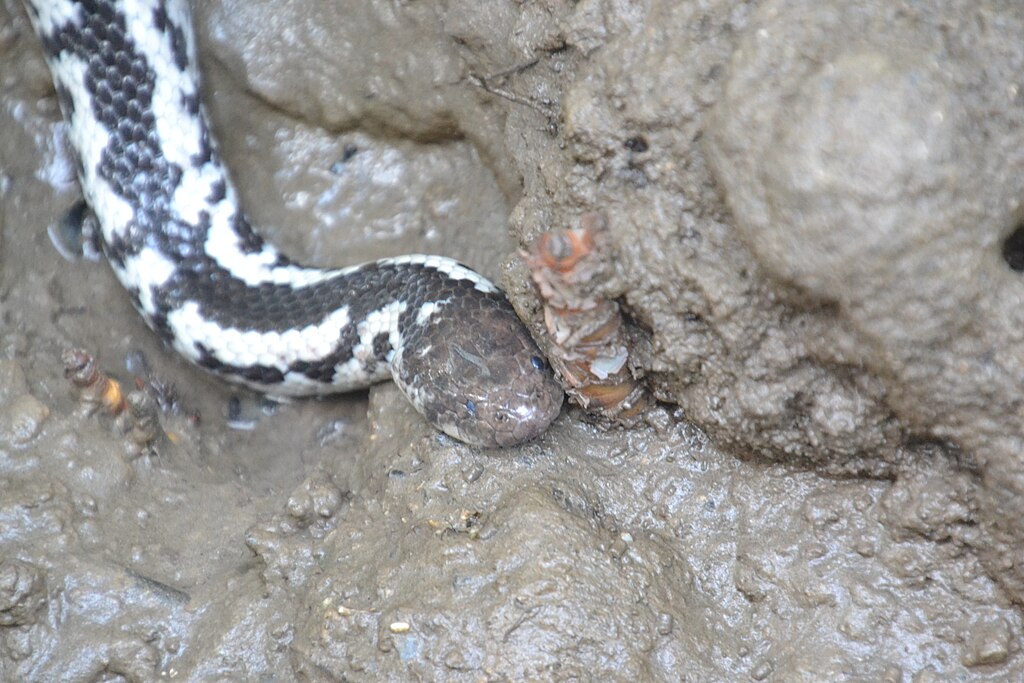
The timing and duration of snake transport significantly impact the risk of injuries and stress-related health complications. Whenever possible, schedule transport during moderate temperatures, avoiding extreme heat or cold which makes maintaining proper environmental conditions more challenging. Keep transport duration as short as reasonably possible – extended periods in confined spaces increase stress levels and the potential for dehydration, waste accumulation, and digestive complications. For lengthy transports exceeding 8-12 hours, consider planning rest stops where the snake can remain in its container but in a temperature-stable, quiet environment to recover from travel stress. Never transport a snake that has recently eaten, as the digestive process requires significant energy and specific temperature conditions; wait at least 48 hours after feeding for smaller snakes and up to 72-96 hours for larger species or substantial meals. Additionally, avoid transporting snakes during sensitive periods such as shedding (ecdysis) or immediately after medical procedures, when their stress tolerance is naturally lower and injury risks increase substantially.
Addressing Specific Risks for Venomous Species

Transporting venomous snakes presents unique challenges that demand specialized equipment and protocols to prevent potentially life-threatening injuries to handlers. Always use dedicated snake hooks and tongs designed specifically for venomous handling, and never attempt to transport venomous species without proper training and experience. The primary transport container should be clearly labeled as containing a venomous reptile, with the specific species identified and emergency contact information provided. Double-container systems are essential—the snake should be secured in an escape-proof inner container, which is then placed inside a locking outer container with ventilation. Some jurisdictions require specific transport protocols for venomous species; research and comply with all relevant regulations before undertaking venomous transport. Even with abundant experience, never work alone when handling venomous snakes for transport, and ensure all participants know the location of the nearest medical facility equipped to handle the specific type of envenomation possible from your species.
Preventing Scale Damage and Abrasions

Snake scales serve crucial protective and locomotive functions, making their preservation during transport essential to the animal’s health. Rough or abrasive surfaces inside transport containers can cause scale damage, leading to infections and compromised waterproofing of the snake’s skin. Line containers with smooth, non-abrasive materials such as unprinted paper towels, clean newspapers without colored inks, or specialized reptile liners that provide traction without risks of entanglement. Avoid materials that can fray or produce loose threads, such as certain fabrics or burlap, as snakes can become entangled or ingest these fibers, causing dangerous intestinal blockages. Inspect the interior of all transport containers before use, ensuring there are no sharp edges, splinters, or protruding fasteners that could cut or scrape the snake’s sensitive skin. Should minor scale damage occur during transport, monitor the affected area closely for signs of infection such as redness, swelling, or discharge, and consult a reptile veterinarian if these symptoms develop or if the damage appears significant.
Managing Stress and Defensive Behaviors
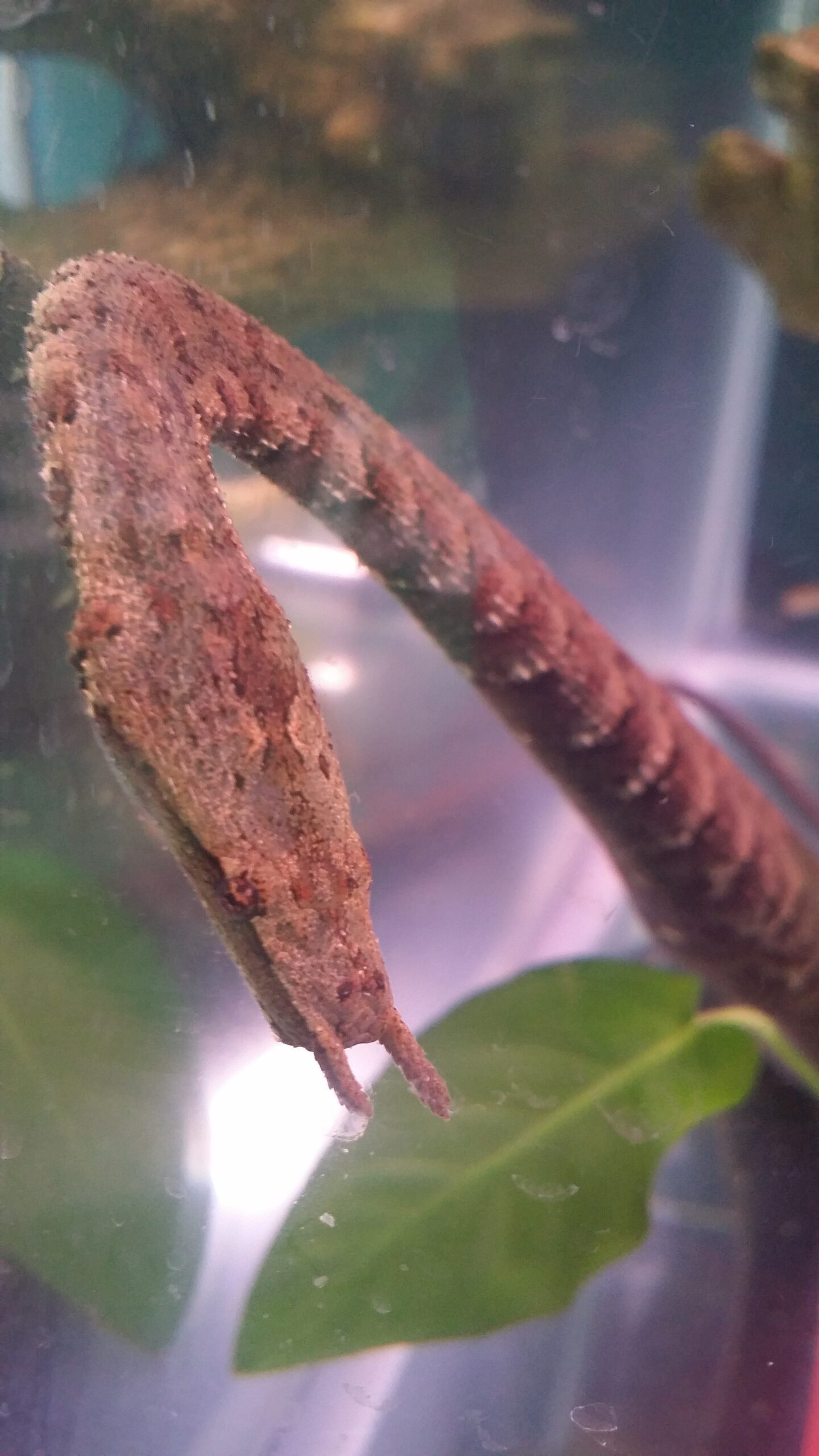
Stress is perhaps the most significant yet underappreciated risk factor for snake injuries during transport, manifesting in behaviors that can harm both the snake and handler. Minimizing visual stimuli by using opaque containers or covering clear ones can significantly reduce stress, as snakes often feel vulnerable when exposed. Keep noise and vibration to a minimum during transport, as snakes are sensitive to these disturbances which can trigger defensive responses. Handle the snake as little as possible during the transport process, with careful planning to minimize the number of transfers between containers. If a snake displays defensive behaviors such as hissing, striking, or musking, remain calm and avoid quick movements that might escalate the situation; instead, use appropriate handling tools to provide distance while maintaining control. For particularly stress-prone individuals or species, consider consulting with a veterinarian about the appropriateness of mild sedation for transport, though this should be approached with caution and only under professional guidance given the risks associated with reptile sedation.
Hydration and Feeding Considerations

Proper hydration management during snake transport is essential for preventing health complications, particularly during longer journeys. Generally, healthy snakes can go without water for the duration of short transports (under 24 hours), but for longer journeys, provide water in a spill-proof container that won’t slosh during movement—specialized reptile water crystals or water-soaked sponges in small, secured dishes work well for this purpose. Never feed a snake immediately before transport, as the digestive process increases metabolism and heat production, potentially creating dangerous temperature conditions inside the container. Additionally, the physical movement of transport can disrupt digestion, potentially leading to regurgitation which stresses the snake’s system and can cause esophageal damage. After arrival at the destination, allow the snake at least 24-48 hours to acclimate to its new environment before offering food, giving it time to recover from transport stress which can suppress appetite and digestive efficiency. For particularly long transports, consult with a reptile veterinarian about specific hydration protocols that might include subcutaneous fluid administration before departure.
Post-Transport Health Assessment
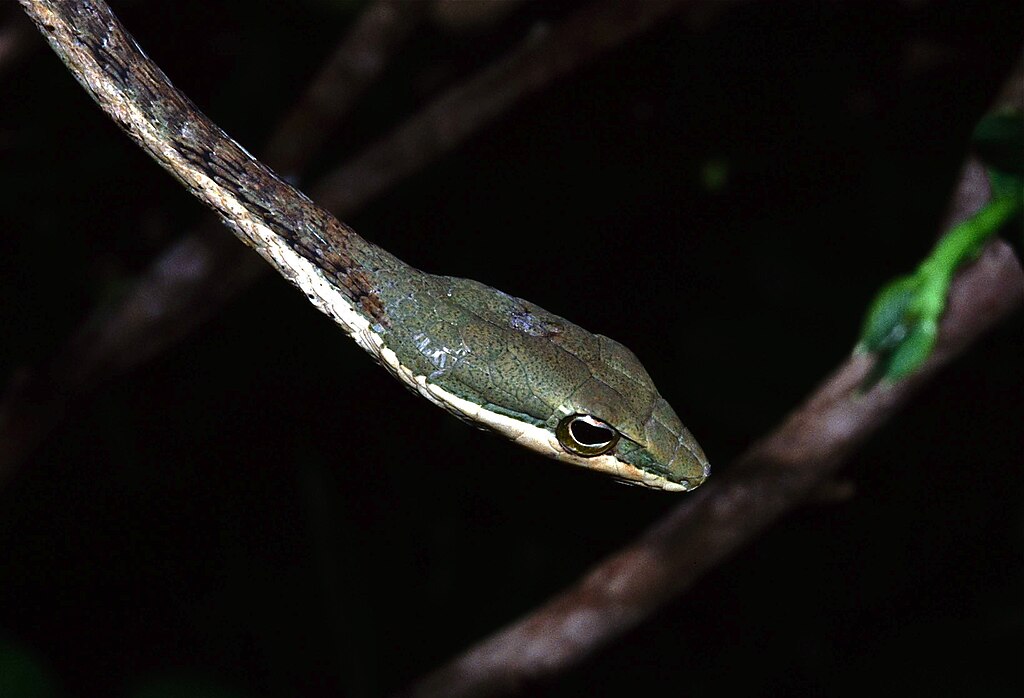
Conducting a thorough health assessment immediately following transport is crucial for identifying and addressing any injuries or stress-related issues before they develop into serious conditions. Once the snake has been safely transferred to its permanent or temporary housing, observe it from a distance first, noting its breathing pattern, alertness, and general body posture before attempting hands-on examination. When handling is appropriate, gently examine the entire body for abrasions, scale damage, burns from heat sources, or signs of respiratory distress such as wheezing or open-mouth breathing. Pay particular attention to the spine, checking for any unusual bends or kinks that might indicate injury during transport. Monitor the snake’s behavior for 24-48 hours post-transport, looking for normal tongue-flicking, appropriate response to stimuli, and willingness to explore its environment, all indicators of a successful recovery from transport stress. Maintain detailed records of the transport conditions and any post-transport observations, as this information can be invaluable for identifying patterns that might help prevent injuries during future transports.
Legal and Ethical Considerations in Snake Transport
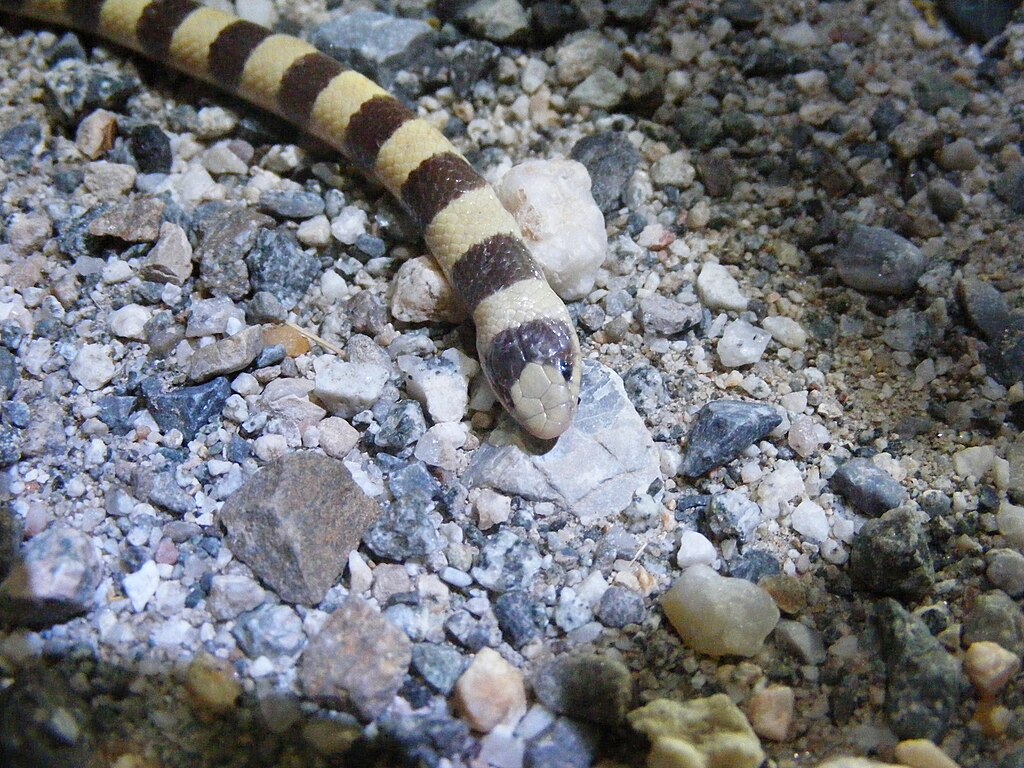
Transporting snakes involves navigating a complex landscape of regulations that vary significantly between jurisdictions, with compliance being essential for both legal protection and the welfare of the animal. Research and adhere to all relevant local, state, federal, and international laws regarding snake transport, which may include permit requirements, specific container regulations, or outright prohibitions on transporting certain species across borders. When shipping snakes commercially, work only with carriers experienced in reptile transport who understand the specific requirements for maintaining appropriate conditions throughout the journey. Beyond legal considerations, ethical transport practices demand prioritizing the snake’s welfare throughout the process, including refusing to transport an animal if conditions cannot be made safe (such as during extreme weather). Document all transport activities thoroughly, including container specifications, temperature management methods, duration, and the snake’s condition before and after transport—this information protects both the handler legally and contributes to improving transport protocols for the benefit of all captive snakes. Remember that responsible transport practices reflect on the entire reptile-keeping community and influence public perception and potential future regulations.
Conclusion
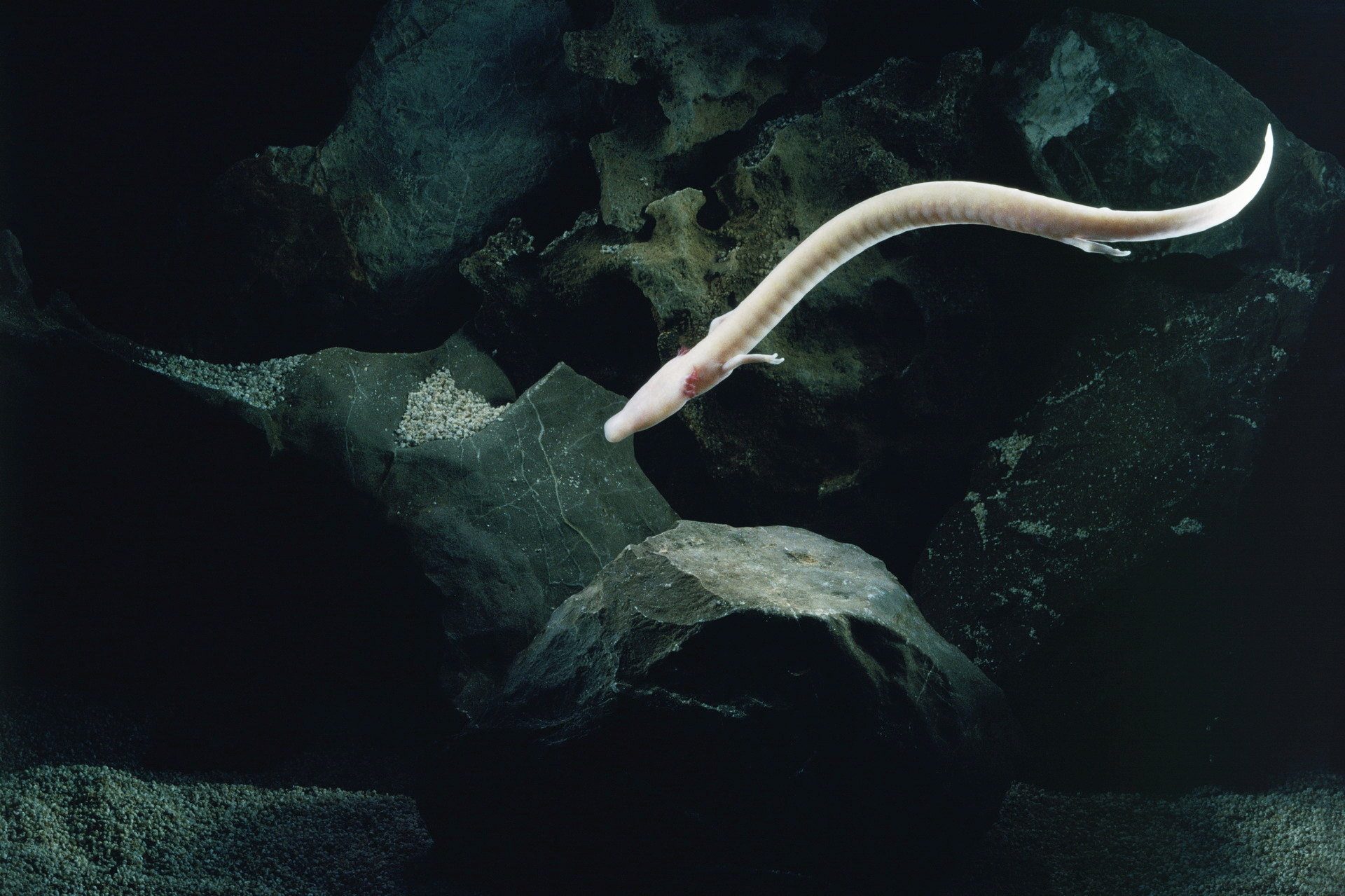
Transporting snakes safely requires a thoughtful blend of biological knowledge, proper equipment, and careful planning. By understanding snake physiology, selecting appropriate containers, managing environmental conditions, and employing proper handling techniques, you can significantly reduce the risk of injuries during transport. Remember that each species has unique requirements, and even individual snakes within the same species may respond differently to the stresses of transport. Taking the time to prepare adequately demonstrates responsible stewardship and respect for these remarkable animals. Whether you’re a professional herpetologist or a dedicated hobbyist, these guidelines will help ensure that your snake arrives at its destination safely, contributing to its long-term health and wellbeing. With proper care and attention to detail, snake transport can be accomplished with minimal stress and risk to both the animal and handler.

